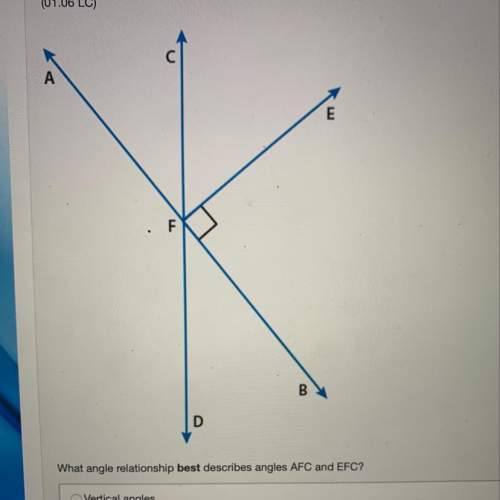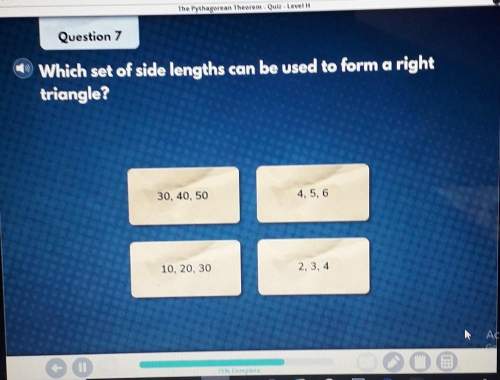
Mathematics, 29.08.2020 23:01 devante63
For this activity, you will need two coins. First, you will determine the theoretical probability of events. Then, you will flip the coins 100 times and determine the experimental probability of the events. Flip two coins 100 times, and record the results of each coin toss in a table like the one below: Result Frequency Two heads Two tails One head, one tail Answer the following questions based on the data you gathered. You must show your work to receive credit. What is the theoretical probability that a coin toss results in two heads showing? What is the experimental probability that a coin toss results in two heads showing? What is the theoretical probability that a coin toss results in two tails showing? What is the experimental probability that a coin toss results in two tails showing? What is the theoretical probability that a coin toss results in one head and one tail showing? What is the experimental probability that a coin toss results in one head and one tail showing? Compare the theoretical probabilities to your experimental probabilities. Why might there be a difference? This is my I simulated the 100 coin flips for both coins, and I got the following results: The theoretical probability that a coin toss results in two heads showing is 1/4. In fact, each coin shows heads with probability 1/2, and since the two coins are independent we multiply the probabilities. The experimental probability that a coin toss results in two heads showing is 22/100=11/50, because I got two heads 22 times out of 100 tries. The theoretical probability that a coin toss results in two tails showing is 1/4. In fact, each coin shows tails with probability 1/2, and since the two coins are independent we multiply the probabilities. The experimental probability that a coin toss results in two tails showing is 30/100=3/10, because I got two tails 30 times out of 100 tries. The theoretical probability that a coin toss results in one head and one tail showing is 2/4, because we count both heads-tails and tails-heads in this case, and each of them has probability 1/4 of occurring. The experimental probability that a coin toss results in one head and one tail showing is 48/100=12/25, because I got one heads and one tails 48 times out of 100. COMPARISONS: For two heads, we expected 1/4 = 0.25 and got 11/50 = 0.22 For two tails, we expected 1/4 = 0.25 and got 3/10 = 0.3 For one heads and one tails, we expected 1/2 = 0.5 and got 12/25 = 0.48. I was told... There is only 1 probability not 1/4 each. Make a chart of all

Answers: 2


Another question on Mathematics

Mathematics, 21.06.2019 22:30
Tommy buys a sweater that is on sale for 40% off the original price. the expression p -0.4p can be used to find the sale price of the sweater, where p is the original price of the sweater. if the original price of the sweater is 50, what is the sale price?
Answers: 1

Mathematics, 22.06.2019 00:10
Given: p: 2x = 16 q: 3x – 4= 20 which is the converse of p - q? if 2x + 16, then 3x - 4 20. if 3x –4 +20, then 2x # 16. lf 2x = 16, then 3x - 4 = 20. lf 3x – 4= 20, then 2x = 16. o o
Answers: 1

Mathematics, 22.06.2019 00:30
On ryan's last social studies test there were two types of questions true/false worth 3 points each and multiple choice questions worth 4 points each
Answers: 3

Mathematics, 22.06.2019 02:00
Mariano delivers newspaper. he always puts 3/4 of his weekly earnings in his savings account and then divides the rest equally into 3 piggy banks for spending at the snack shop, the arcade and the subway
Answers: 2
You know the right answer?
For this activity, you will need two coins. First, you will determine the theoretical probability of...
Questions

Mathematics, 28.09.2019 11:00

English, 28.09.2019 11:00


Physics, 28.09.2019 11:00

Mathematics, 28.09.2019 11:00


Social Studies, 28.09.2019 11:00

Mathematics, 28.09.2019 11:00





Mathematics, 28.09.2019 11:00


Health, 28.09.2019 11:00



Biology, 28.09.2019 11:00


Social Studies, 28.09.2019 11:00





